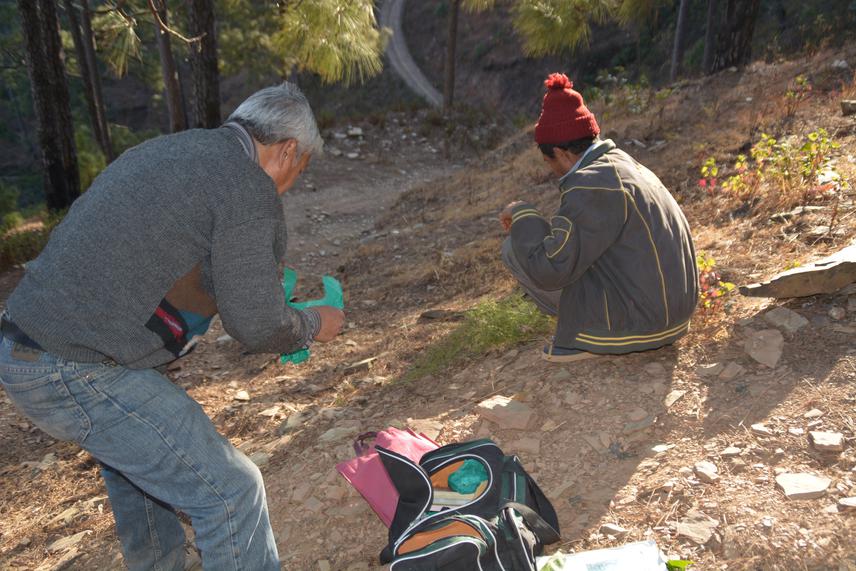Ripu Kunwar
Other projects
23 Jan 2017
Collaborating Communities, Conserving Criticals: Conservation of Indigenous Medicinal Plants and Knowledge in Baitadi and Darchula Districts, Nepal
Documentation and conservation of traditional knowledge, indigenous, declined/threatened resources and newly introduced ones and their roles in ecology and ethno-pharmacopoeias is utmost for sustainability of biodiversity and livelihood.

There are already undeniable evidences at both local and regional scales that all living beings are affected by climate change and human distu8rbances in both their distribution and behavior. Particularly, primary forests and indigenous/indigenous species are severely threatened, resulting jeopardy in balance between biodiversity and livelihood. They are aggravated when the lowland invasive species have upshifted (Gottfried et al., 2012) and over-exploitation and habitat degradation are continued due to low awareness level. Because of the change in diversity, distribution and phenology due to climate change and anthropogenic cause, some of the traditional approaches of plant management and ethno-pharmacopoeias were found to no longer coincide with species biology/ecology and with the abilities of indigenous people to nurture. Decrease in traditional knowledge and resources would lead to an accelerated capacity of indigenous people to integrate secondary/nearby resources in their indigenous systems which furthers ecological erosion because invasive species second threat to habitat loss and degradation pushes the indigenous species to the brink of extinction. Traditional knowledge is often hailed for its versatility to recognize and respond to livelihood changes (Turner and Clifton, 2009), despite the transformation are under way because of socio-cultural evolution (Pirker et al., 2012) and the changing environment.
Indigenous medicinal plants are inseparable from local livelihoods because they have long been collected, consumed, and managed through traditional customs and knowledge, but they are threatened and their distribution has been constrained as a response to climate change, anthropogenic disturbances and invasion of non-indigenous species. Sparse distribution of indigenous species and easy access to non-indigenous ones, compounded by cultural evolution and knowledge erosion led to increment in use of non-indigenous resources. Documentation and conservation of traditional knowledge, indigenous, declined/threatened resources and newly introduced ones and their roles in ecology and ethno-pharmacopoeias is utmost for sustainability of biodiversity and livelihood.